The Rural Medicare Society
The Foundation
In late 1970’s, the Rural Medicare Centre made a humble beginning as a 3-bedded hospital in Mehrauli in New Delhi. Effective and affordable treatment and easy accessibility to doctors encouraged patients from surrounding villages to visit the Centre.
Initial Growth
In a short span of 5 years, the Centre became a 11-bedded facility providing primary and secondary level healthcare, equipped with multiple specialties including General Medicine, Surgery Paediatrics, Ophthalmology, ENT, Orthopaedics, Obstetrics/ Gynaecology, Pathology, Radiology and Anaesthesia. Additionally, the Center housed an operation theatre for basic surgeries and provided 24 hours emergency services. Much needed family planning services were also provided to patients.
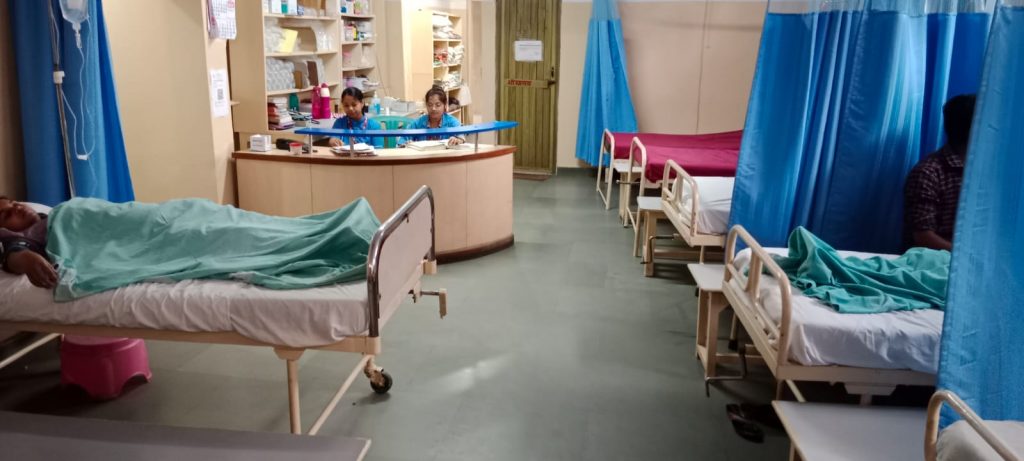
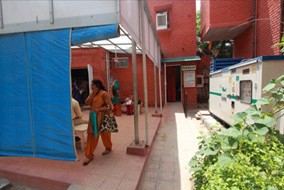
In the years that followed, number of patients and operations performed per day steadily increased and more sophisticated administrative and office procedures were introduced for streamlined functioning. New equipment including an incubator, a laparoscope and a new ambulance were also added. Additional infrastructure was built for nursing staff, educational initiatives and administrative activities also expanded. Two extension Centers were set-up, one for the underprivileged stone quarry workers at a nearby village Mandi in collaboration with Action Aid India and another for people of villages around Rangpuri in New Delhi, in collaboration with Institute of Social Sciences.
Visiting Consultants engaged in various educational and community health development activities such as paramedic trainings, educational conferences, paper presentations, conducting massive immunization camps etc. Through the years the Centre also received a large number of foreign students, who visited for a couple of weeks to study and observe the curative and preventive practices followed in rural areas across India. Consultants also teamed up to write a book based on their experience entitled. “Concept and practice of Rural Surgery:” The book was edited by Dr. J.K Banerjee and published by B.I. Churchill Living Stone Pvt. Ltd.
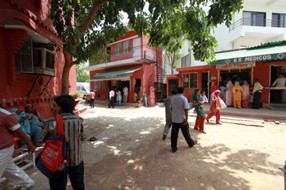
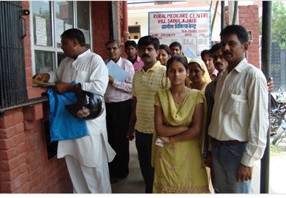
Transformation
The efforts of the Rural Medicare Society’s President Mr. S. K. Chakravarty coupled with the support of the then Hon’ble Lt. Governor of New Delhi, Late Shri P. K. Dave, the Society was allotted land in village Said-ul- Ajaib to build a hospital. On October 23rd 1995, a red letter day in the history of the Centre, the new hospital building at village Said-Ul-Ajaib was inaugurated by Revered Mother Pravrajika Atma Pranaji, (Hony. Secretary of the Ramakrishna Sharada Mission) in the presence of the Hon’ble Lt. Governor of Delhi.
The new hospital building housed 18 beds, two operation theatres, a laboratory, and a radiology facility. The new Center was selected as one of the locations in South Delhi for the ‘Reproductive and Child Health Program’ launched by IMA in collaboration with WHO. Additionally, the Govt. of Delhi recognized the Centre as an important venue for the ‘Pulse Polio Immunization Program’.
In 2001, to commemorate the silver jubilee year, a new block was built within the existing complex. It housed a new operation theatre, nursery, surgeons’ rooms, ultrasound room and chambers for out-patient consultations.
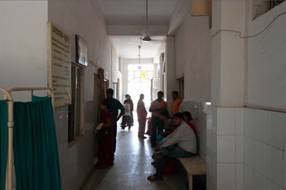
Additional beds were also added for in-patients. An appeal through a project proposal to the Govt. of Japan yielded a substantial grant to procure modern surgical and diagnosis equipment including advanced x-ray machines, auto analyzers, cardiac monitors and ventilators in 2003, which resulted in making our operation theatres excellently equipped to deal with complex surgical cases.
Presently, the Rural Medicare Center is a 29-bedded multi-specialty facility, housing modern medical care infrastructure with comprehensive diagnostic facilities. With 25 visiting consultants covering 14 specialties, the center conducts over 80,000 outpatient consultations and 1800 surgical interventions annually.
